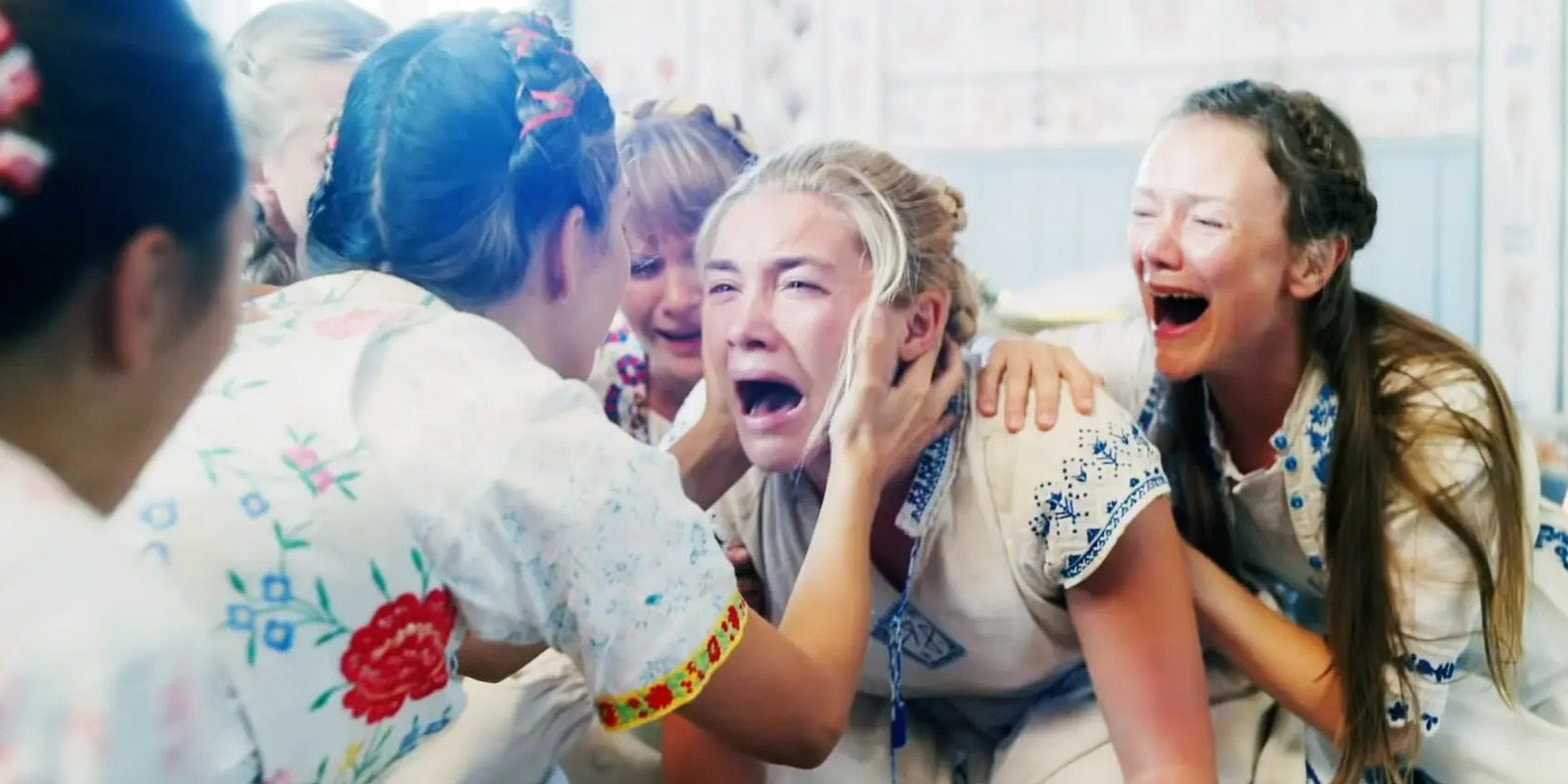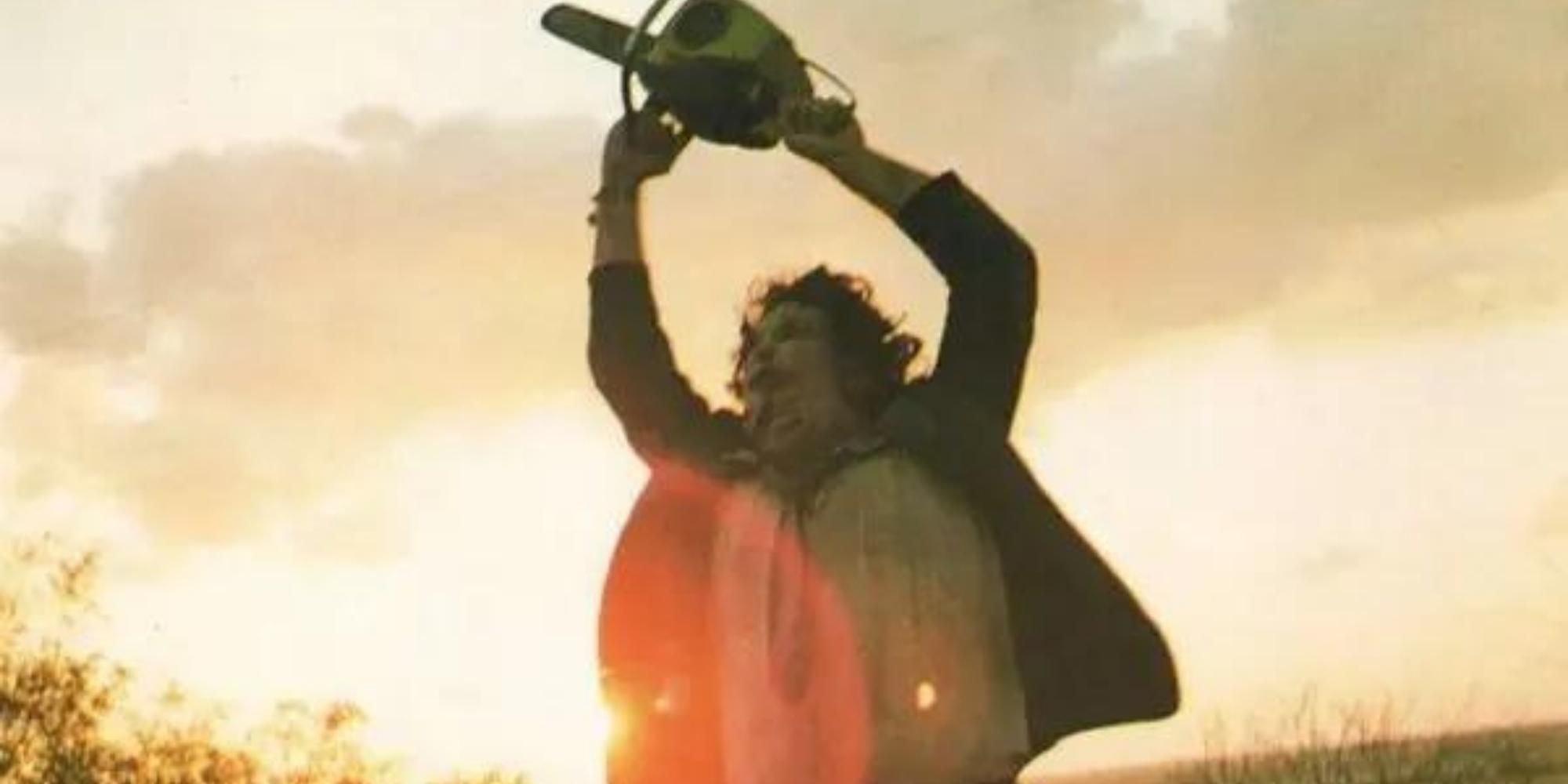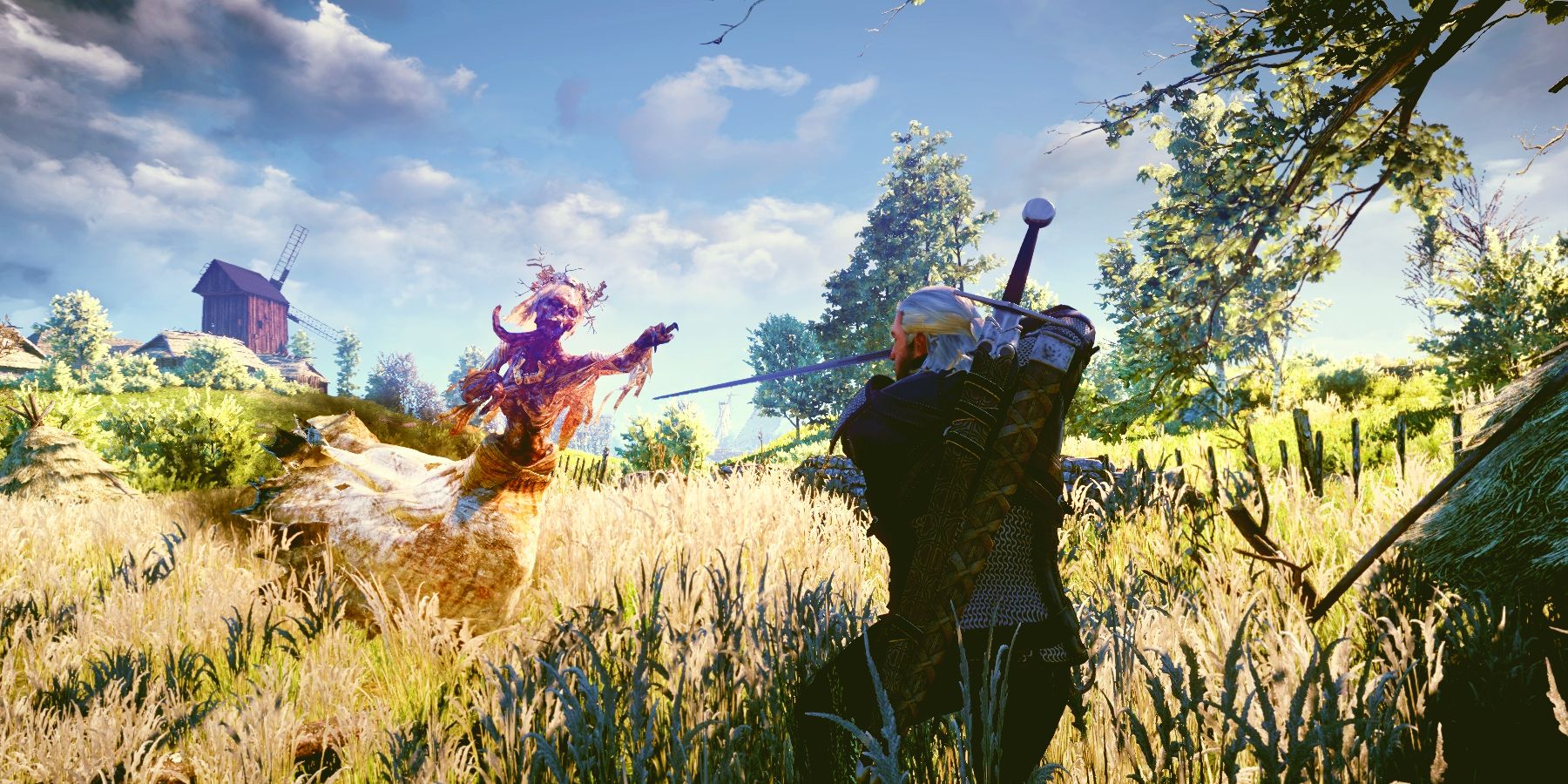It's perfectly natural to be afraid of the dark. From the earliest days of humanity, the night has been long and full of terrors. Predators, enemies, and the general perils of blindness make every evening a potential nightmare. Subsequently, most horror stories take place in the dark. Horror authors who want to subvert expectations can create Daylight Horror to frighten audiences when they least expect it.
Perhaps more than any other genre, horror is defined by setting. Tons of great films are created by simply moving the premise of a classic to another location. Exotic locations like the depths of space or the bottom of the ocean are fun, but some of the most memorable horror out there takes place somewhere more familiar.
Daylight horror is simple. Take any traditional horror scenario and set it outside in the middle of the day. The harsh light of day allows the audience to see all the worst things in life. Bad things happen during the day all the time. Being able to see is an asset, but it doesn't mean anyone is safe. The sun provides a false sense of security that horror stories can exploit and turn on its head. Daylight horror typically corrupts that which is beautiful. A lovely beach scene is shattered by an eldritch horror emerging from the sea. A magical walk through the forest is ruined by a masked murderer charging out of a bush. A midday suburban block party descends into screaming and bloodshed as the town's dark secrets are revealed by bright light. Daylight horror asks the audience to see fear, where they usually see everything else.
Daylight horror typically sticks to visual media. It's not uncommon in literature, but it's less notable in most cases. One of the earliest examples to directly draw attention to the idea comes from H. P. Lovecraft. Lovecraft found a lot of his best ideas by pointing to things and suggesting that something scary was hidden just beyond their margins. In his 1928 short story "Cool Air," he tackled the terror inherent to air conditioning. The story follows an unnamed narrator who discovers that the man living above him is a brilliant physician. After the doctor saves the narrator's life, he explains that he's obsessed with unnaturally extending his life span. He does so by keeping himself and his apartment cold. When his rudimentary AC system fails him, the narrator tries to keep him in a tub of ice. He eventually discovers that the doctor has been legally dead for almost two decades, relying on refrigeration to keep his body from rotting. It's one of Lovecraft's least popular stories, but it opens with Lovecraft's belief that horror shouldn't be inherently tied to darkness.
On the big screen, tons of horror movies have employed Daylight horror. Choosing this approach is often a matter of style, but it can also benefit low-budget films by reducing costs. Most of the original Texas Chainsaw Massacre takes place with the sun shining down, especially the memorable closing scene in which the time of day is a surprise. Ditto the final moment in the original Friday the 13th. Suburban horror films tend to keep their scariest scenes bright. Stephen King's It is a champion of daylight horror in every iteration. Pennywise can seemingly attack his victims wherever they are, but he's usually out and about in the daytime. Everyone's favorite suburban slasher film, John Carpenter's Halloween, is a masterclass in using this trope. The murders mostly take place at night, but an early scene depicts the shape stalking his future victims through the sleepy Illinois town in broad daylight. Even though the audience can see the horror, Laurie and her friends remain blissfully unaware.
There's a very common game mechanic, arguably popularized by Castlevania II: Simon's Quest, in which the player is consistently dealing with a rotating day/night cycle. In most cases, the sunset is accompanied by a substantial increase in power for most enemies. There are very few games in which the day is more threatening than the night. Dark Souls has a particularly dangerous area called Anor Londo, which happens to become safer after the player breaks Gwyndolin's illusion and casts the city into darkness. The Witcher's day/night cycle controls many features of the world, but there is a monster that only comes out when the sun is high. Noonwraiths are powerful solar witches who only appear on hot days. It would be an interesting innovation to create a day/night cycle in which the sun is more dangerous than the moon.
Daylight horror is a simple concept that has been used to tremendous effect in a variety of mediums. From folk horror films to classic literature, to real-world horrors on brightly lit battlefields, The light of the sun offers no escape from fear. Sometimes being unable to see the things that scare us makes things a bit easier.



